Just as deadly weapons are being employed on one hand, on the other hand, the Namnane incident underscores their attempt to conceal their crimes by exploiting religious ignorance.
Summary of the process
In Pin Laung Township, Southern Shan State, a tragic incident unfolded in March 2023 where more than 20 local individuals, including monks, were killed in the Namnane village monastery. This incident has sparked discussions on ethnic and racial tensions between the Pa’O and Karenni people, fueling religious conflict.
According to the Karenni Revolutionary Forces, there were initially 33 people, including 3 monks, in the monastery compound. However, only 22 bodies have been found, leaving 11 individuals still missing.
Initially, the propaganda through its SAC channels, claimed responsibility for the massacre, circulating photographs of the dead as a display of the council’s ability to eliminate perceived threats. However, two days later, the SAC removed the links that had proudly showcased the images. Subsequently, military supporters and national activists shifted blame for the killings to the Karenni Revolutionary Force, KNDF, suggesting that PDFs committed crimes. This led to extensive campaigns on social networking sites accusing ethnic and religious groups.
According to the BBC’s interview with Major General Zaw Min Tun, the military council’s spokesperson, propagated falsehoods on March 13, asserting that the location of Nam Nane Village fell under PNO’s area. He claimed that KNDF and KNPP repeatedly attacked the area in March. According to him, after being notified by the army, he entered and later left. On the return journey, he alleged that KNDF, KNPP, and some PAO factions surrounded and attacked, and the army was unilaterally accused.
Despite the coup army’s involvement in killing monks and residents, the military council utilized Pa’O priests to downplay the commission of war crimes. The Pao ethnic group swiftly staged protests against the revolutionary forces KNDF/PDF within days.
There is a prevailing belief that these orchestrated activities are intentionally created by the PNO/PNA to sow discord between the Pa’O and Karenni people, following the plan and orders of the military council. In light of these complexities, The Red Flag has conducted a case study to examine and describe this phenomenon.
The beginning of the process
On the morning of March 11th, military troops conducted a raid on Nam Nane village and its monastery using heavy weapons and air strikes. After the army entered the village, three monks who were residing in the monastery were killed. A total of 22 local refugees, including one woman and 18 men, lost their lives, and photos depicting the mass killings surfaced.
Initial reports on the military council’s actions emerged from the military lobby Ko Thet Telegram channel on the evening of March 11. Two days after these postings, on March 13, activities of the military began to be erased. Instead, religious, ethnic, and racial narratives were crafted, initiating a series of campaigns.
Notably, accounts affiliated with the PNO/PNA and collaborating with the Military Council often posed as PNO/PNA members, using Pa’O ethnic names. These accounts frequently engaged in actions that fueled religious hatred, instigating a conflict between the Pao and Karenni ethnic groups.
In response to the incident, KNDF, led by PNO/PNA, organized protests rejecting the presence of PDF groups. Pa’O Bishops, associated with PNO/PNA, introduced terms that exacerbated territorial problems, contributing to the ethnic and religious tensions surrounding the event.
Mass killings and Religious-Racial Incitement
Military lobbies initially acknowledged that the incident involving mass killings was perpetrated by the military. Although the links to the posts admitting responsibility have been deleted, The Red Flag obtained screenshots at the beginning of the process. Despite the disturbing nature of the images, they serve as evidence that the military council was involved. Therefore, some screenshots have been extracted for study.
Figure-1: According to observations, on March 11, the incident was reported at 5:46 p.m., and Kayah PDF reported 24 deaths.
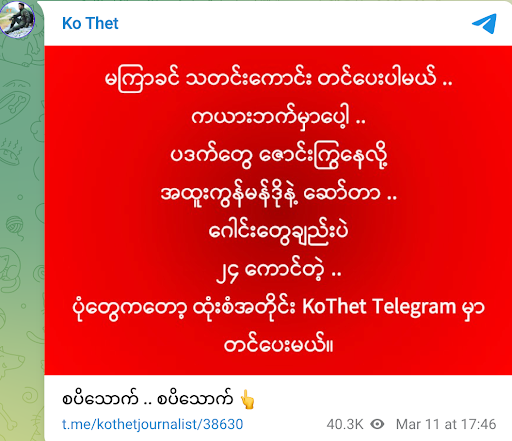
Figure-2: Time Description of Snipers Firing in Monastery Campus (March 11 – 6:40 PM)
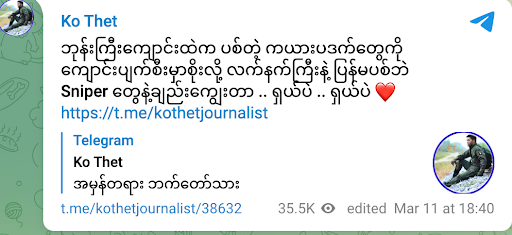
Figure-3: Uploading Photos Showing That they were Shot in the Head (March 11 – 6:45 PM)
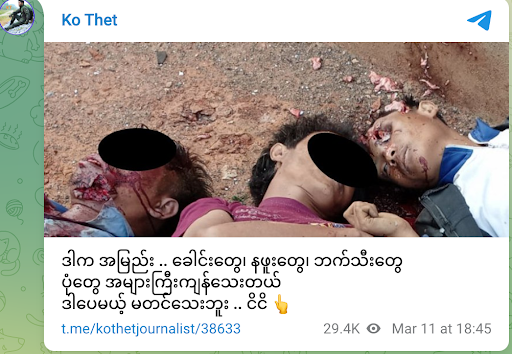
Figure-4: The Appearance of Weapons After the Death of Young People Around the Monastery (March 11 – 8:26 PM)
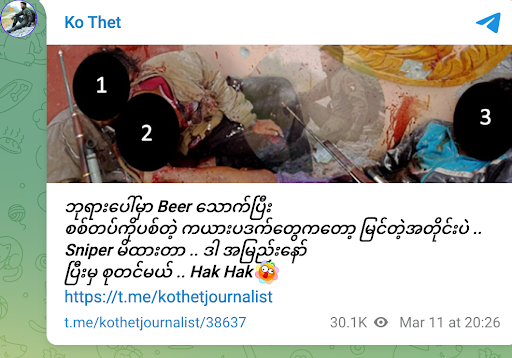
Figure-5: Kayah PDFs Protecting Religious Buildings Started Campaigning (March 12 – 11:01 PM)
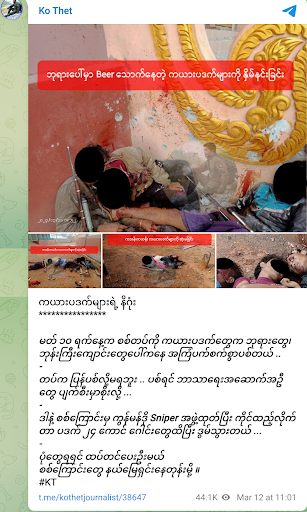
Figure-6: Collection of Kayah PDF Death Images:
The peculiarity of this picture is that they were brutally shot, and the blood has not yet dried, but the guns are not found to be stained with blood. The guns were not in their possession and appeared to be hanging by the side after death. According to the time seen in a photo, March 11, 08:51 AM (posted March 12th – 9:59 PM)
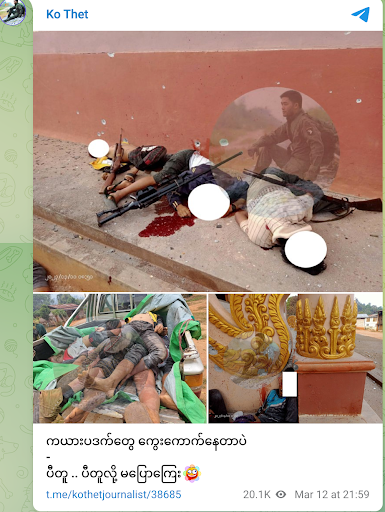
Figure-7: The people who informed the army, killed the monks, and burned the monastery were Christian PDFs, hiding the army’s activities and spreading false information about the army’s entry and clearance. Commencement of Racial Campaigns (March 13, 11:42 PM)
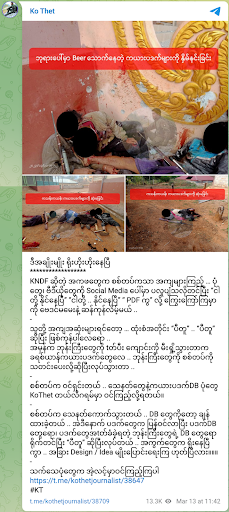
The Red Flag has archived 23 articles that prompted the War Council lobbies to document the Namnain Monastery incident.
The links in yellow are the links that have been taken down, and you can learn about the content that has been removed through the screenshots shown above.
Links that presented misinformation:
- https://t.me/kothetjournalist/38630
- https://t.me/kothetjournalist/38632
- https://t.me/kothetjournalist/38633
- https://t.me/kothetjournalist/38637
- https://t.me/kothetjournalist/38647
- https://t.me/kothetjournalist/38685
- https://t.me/kothetjournalist/38709
- https://t.me/kothetjournalist/38715
- https://t.me/kothetjournalist/38714
- https://t.me/kothetjournalist/38729
- https://t.me/minchitoo989989/18474
- https://t.me/loikawnews/663
- https://t.me/nyein9699/31
- https://t.me/shweba000/951
- https://t.me/kyawswar96999/32917
- https://t.me/kyawswar96999/32944
- https://t.me/kyawswar96999/32965
- https://t.me/kyawswar96999/32972
- https://t.me/kyawswar96999/32975
- https://t.me/kyawswar96999/33001
- https://t.me/linnnnay/3037
- https://t.me/linnnnay/3022
- https://t.me/hminewai5115/28248
The SAC lobbies proudly declared the war crimes of the military until the night of March 11th and 12th (10:30) and then immediately changed it to ethnic and religious inspiration.
As The Red Flag, I would like to present two example screenshots that inadvertently highlight fraud on a single account.
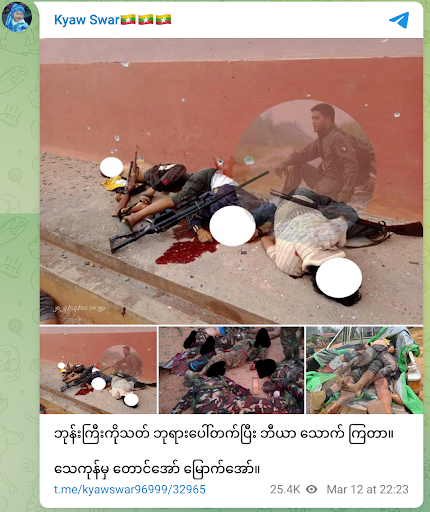
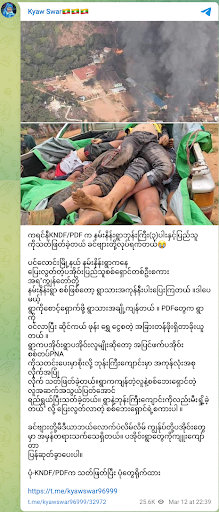
If you compare the two screenshots above, the time difference is only about 16 minutes. However, the context of the release has changed completely, like a reversal.
In the first screenshot, the PDFs are seen drinking beer in the monastery compound, and in the second screenshot, the narrative shifts to the army killing them. The Karenni KNDF/PDFs are accused of stealing money and reporting it to the Pao militias, leading to the massacre of people and monks in the monastery compound and the burning of the village. It was observed that false information was reported and immediately changed.
Media presentations
- The bodies of 3 monks and 28 people killed were found in the monastery of Nannane Village (BBC News).
- More than 30 people were killed in Pinlong Township (BBC News)
- The army of the military council massacred the people who took refuge in the monastery of Namnain village. A total of 28 bodies have been found (Mizzima News).
- Burma Affairs & Conflict Study “What had really happened in Nam Nein and Aftermath“
As reported by Network Media Group –
Bishop U Thuzana, who attended the lecture, said, “The Padong people are more concerned about political and social issues, which are much lower. As Pa’O, we have to say that they are only at the same level as Pa’O’s workers, lumberjacks,” indicating their low status. It is known that U Thuzana made these remarks because, according to him, they are ignorant people who have started committing the crime of insulting PDFs as the PDFs asked them to do.
In addition, another Pa’O monk said, “Thank you very much for the opportunity to speak as a monk in the protest against the inhuman mass killing of Pa’O monks and Pa’O people by the terrorist KNDF and allied organizations.” He continued, “So, this picture, Taung Me Thien, this whole thing, all this killing and laughing process, is not the Myanmar Army. All these processes are not PNA. So, all the activities started by the terrorist KNDF. Then everything will be clear.”
In a press conference held on March 16 regarding the news of the mass killing of people in Nam Nane Village, Pin Laung City, Southern Shan State, National Unity Government Human Rights Minister U Aung Myo Min said the following:
“The mass killing of people is a crime that harms the entire human race. In areas like Karenni, Chin State, Sagaing, and Magway, armed forces assembling manpower and deploying tanks to attack the public are clearly committing a war crime.”
People’s Opinion
In the March 14th statement of Pa’O civil society organizations regarding the incident in Namnane village, they stated that the mass killing of people in Namnain village and the ongoing war in the southern part of Shan State is the military’s intentional effort to provoke ethnic conflict between different ethnic groups.
Summary
- The Pa’O people, being devout Buddhists, have close ties to the PNO leader U Aung Kham Hti, whom they revere. Exploiting this connection, the Military Council sought to strengthen relations with PNO/PNA. The military council honored U Aung Kham Hti with an honorary degree and, on March 7, Chairman Min Aung Hlaing visited the PNO/PNA leader.
- Despite the military council’s attempt to shift blame onto revolutionary groups for the massacre in Namnane village, evidence indicates their direct involvement. The bodies claimed by the propaganda channels as PDFs were not actual PDF members but Pa’O civilians and monks brutally killed.
- Photographs from the channels depict victims covered in fresh blood, while images from revolutionary groups show bodies with dried blood, suggesting the military arrived close to the time of the killings. The appearance of the supposed PDF individuals, unarmed and without blood on their hands or clothes, raises questions.
- Aerial footage shows buildings catching fire only after bombardment, indicating the military’s involvement in mass killings and arson. The comparison of KNDF and PNDF (KK) statements reveals efforts by the military council propaganda to conceal civilian casualties.
- Photos released by KNDF and PNDF (KK) show slain priests next to their bodies, contrasting with military propaganda close-ups that hide the monks’ bodies. The military and local militias are fostering hatred based on religion and ethnicity, utilizing social networks to spread division.
- The military’s historical tactic of creating racial and ethnic divides persists, with Karenni and Pa’O leaders noting parallels to past strategies aimed at dividing groups of the same race.
The military is engaging in ethnic division,” stated PNFC chairman Khun Myint Tun, emphasizing their strategy of creating conflict between the Pao and other ethnic groups based on religion and territorial existence. He concludes the case study on the Namnane massacre, urging PNO/PNA and Pao people to recognize that the military has set the Pa’O people against other ethnicities, turning the entire country into a battleground of enmity. Khun Myint Tun advocates for a Pa’O State instead of fighting for a special region, expressing the desire for a new state for the Pa’O people.
